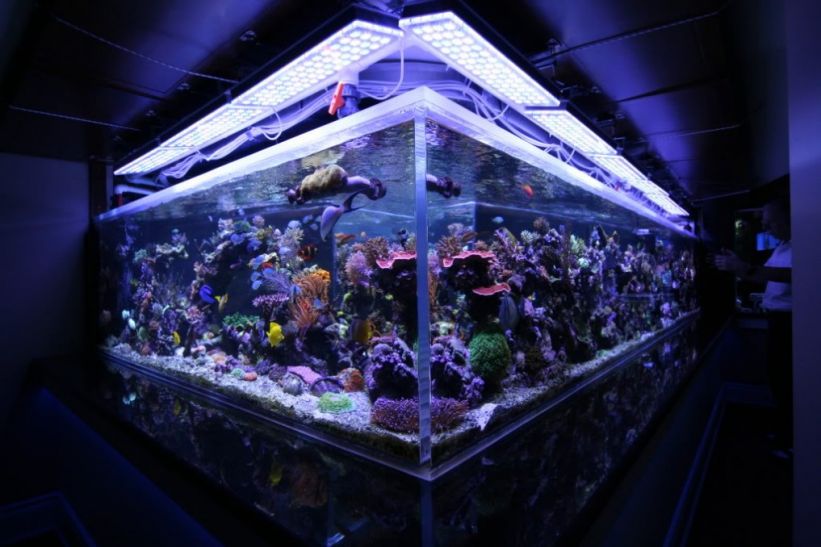If you forget which clam species reside on a rocky substrate versus a sandy one, just take a look at the clam’s underside. The byssal opening of the clam, where the foot protrudes, is much larger on rock dwelling clams like Tridacna crocea or T. maxima. Sand dwelling clams, on the other hand, have a much smaller opening, especially in adult individuals. Clams like T. derasa, T. gigas, and T. squamosa can each grow to be fairly large and are found almost exclusively in the sand in the wild. As they grow older, their already small byssal openings shrink to the point they are not really functional.
Tip of the Day – 1/12/2011
0
Share.





